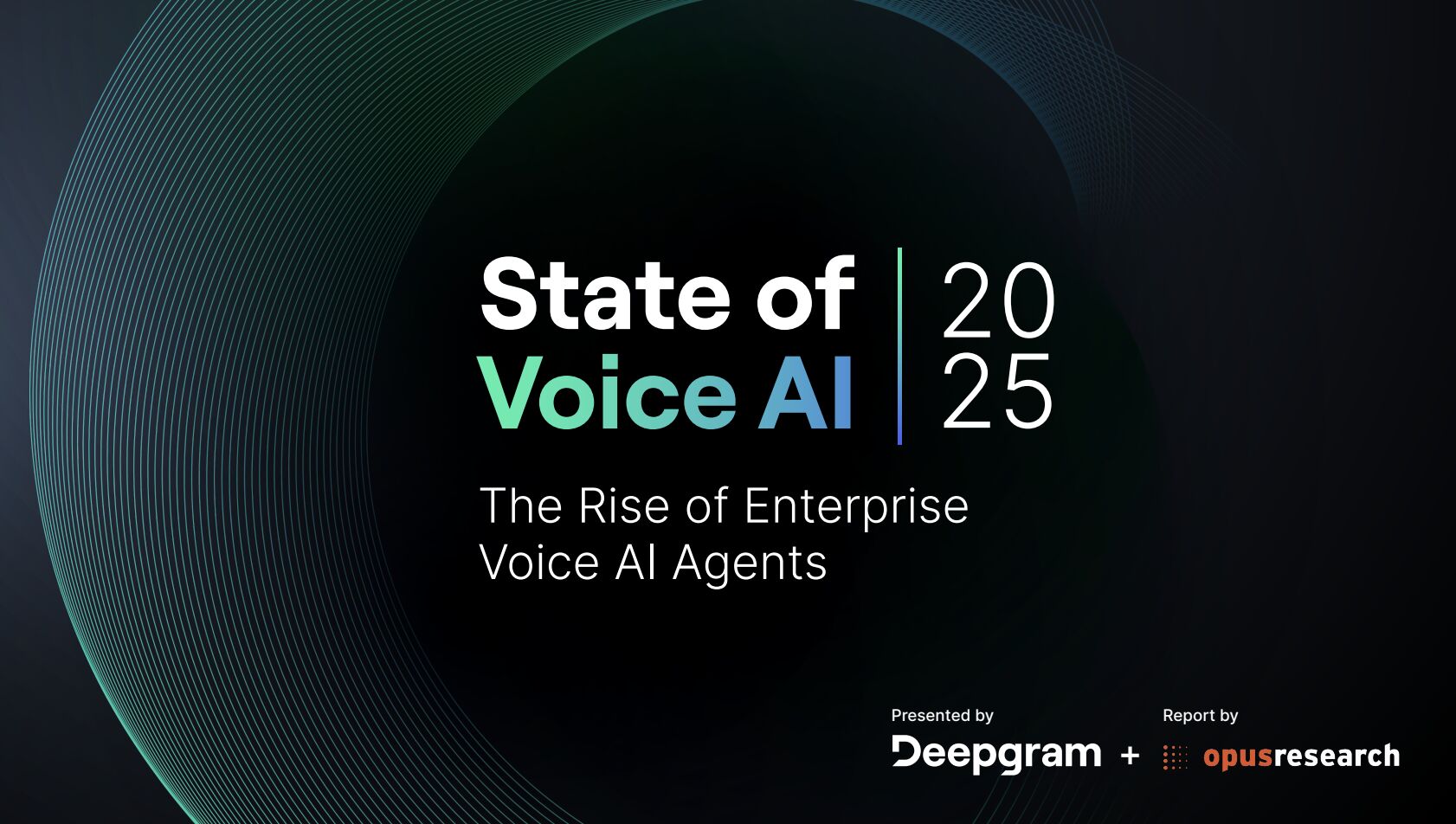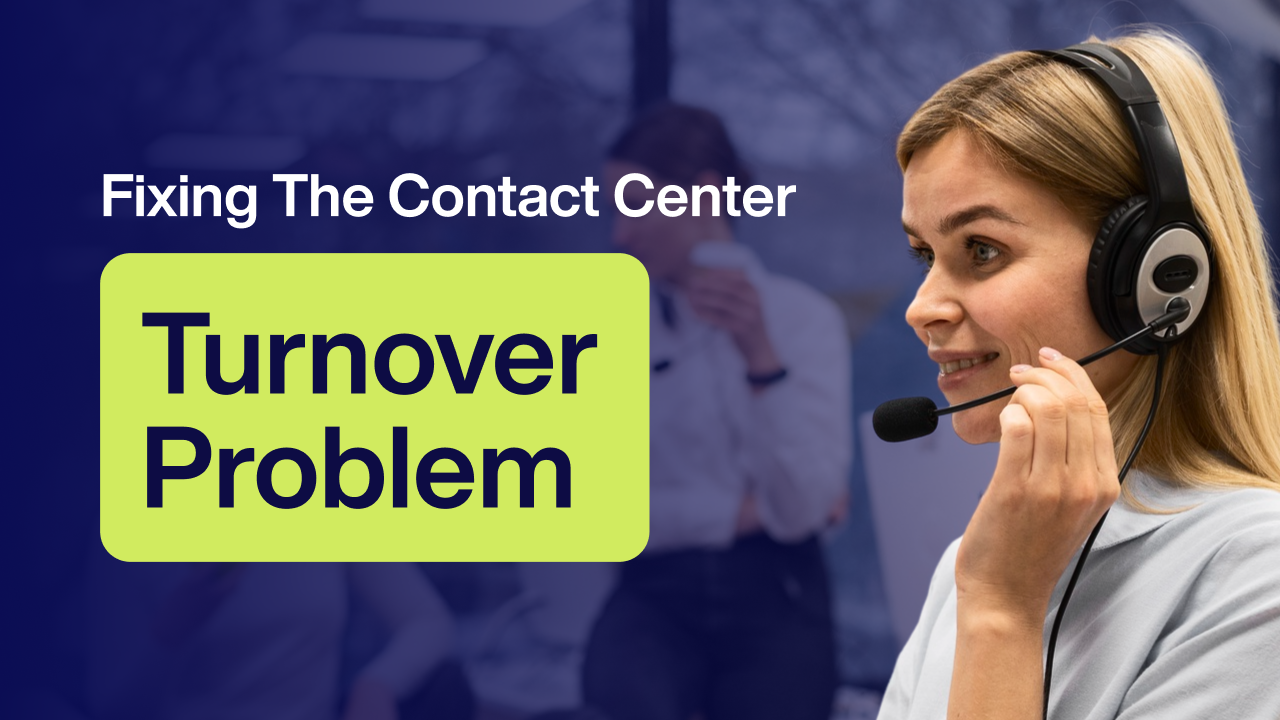AI-human hybrid quality assurance for supply chain accuracy

When a single barcode puts a surgery at risk
It’s 6:30 a.m. and a surgical team is prepping for a joint replacement. The implant tray arrives, but the serialized UDI doesn’t match the purchase order. Now sterile processing halts, the provider’s first case is delayed, and the rest of the day’s schedule starts to wobble. The problem wasn’t the surgery—it was a supply chain QA miss that surfaced too late.
Why accuracy breaks in complex supply chains
Modern supply chains span EDI feeds, supplier portals, WMS/TMS, ERP, and point-of-care systems. Each handoff is a chance for drift: partial ASNs, barcode/GS1 label variances, manual keying errors, and master-data mismatches. In regulated environments—healthcare (UDI/DSCSA), financial services (audit trails), and manufacturing (traceability)—these small defects can trigger big consequences: delays, waste, write-offs, and compliance exposure.
Hybrid AI-human QA: how it works
1) Real-time data validation
EGS deploys AI to continuously cross-check orders, ASNs, lot/serials, and inventory movements across systems. Models flag anomalies—like a product code that doesn’t map to the catalog, a unit-of-measure mismatch, or an ASN that won’t reconcile with expected receipts—before they become operational blockers.
2) Human-in-the-loop exception handling
Not every discrepancy is a defect. Our nearshore analysts in Mexico review flagged exceptions, correct master data, confirm with suppliers, and document decisions for audit. This keeps false positives low and improves the underlying data so the same issue doesn’t return.
3) Closing the loop with suppliers and sites
For time-sensitive gaps, our Grace™ hybrid AI voice bot can reach out to vendors or distribution centers to confirm quantities, lot numbers, and delivery windows, or to schedule dock appointments—escalating to a human when nuance or negotiation is needed.
Results that matter to operations and clinicians
Protecting schedules and provider productivity
In health systems, accurate supplies and implants at the right place/time reduce last-minute case delays and cancellations. That stabilizes open and advanced access scheduling, improves capacity utilization, and supports provider productivity—helping minimize burnout from constant rescheduling and idle time.
Fewer write-offs and faster cash cycles
For manufacturers and financial services operations, cleaner data reduces rework, shrink, and dispute cycles while strengthening compliance evidence. QA decisions are logged with clear provenance for auditors and quality teams.
Common objections, addressed
“Our data is too messy for AI.” That’s exactly why the human layer matters. We use AI to prioritize the mess and humans to fix root causes.
“Integration will take forever.” We start with light-touch ingestion (files, APIs, portal access) and expand. The goal is days/weeks to value, not months.
“Will AI replace my team?” No. It removes repetitive checks so your people can focus on supplier performance, strategic sourcing, and clinical readiness.
Compliance-first by design
EGS operates with a compliance-first approach for regulated industries—capturing decisions, maintaining traceability, and aligning to frameworks common in healthcare and financial services. Our QA playbooks reflect DSCSA interoperability expectations, GS1 labeling practices, and audit-friendly documentation.
How EGS can help
Emerging Global Services builds hybrid AI-human QA programs that make supply chains measurably more accurate—without overhauling your tech stack. With nearshore BPO teams in Mexico, our analysts and Grace™ voice automation work side-by-side to validate data, resolve exceptions, and protect what matters most: patient care, provider productivity, and on-time operations. Ready to de-risk your supply chain and stabilize schedules? Let’s start with a targeted exception stream and prove the value.

No Spam —
Just Good Stuff.
Join our newsletter for actionable advice, insider knowledge, and strategies that drive real results.
No fluff, just value.
.png)
%20(1).png)
From The Blog
Read All Articles
Hybrid AI in Banking: Handling Complex Service Without Losing the Human Touch

Hybrid AI for Financial Services: Solving Complex Service Without Losing the Human Touch

How Hybrid AI Reduces Patient No-Shows and Scheduler Burnout

Hybrid AI That Actually Moves the Needle in Healthcare RCM

How AI-Human Collaboration Elevates Quality Assurance on the Factory Floor

Why Nearshore Hybrid BPOs Outperform Offshore Automation Centers

How Hybrid AI Voice Bots Elevate CX and Make Agents Unstoppable

AI‑Human Hybrid Support That Elevates Fraud Detection and Compliance

How Hybrid AI Streamlines Healthcare Revenue Cycle—Without Losing the Human Touch

AI-human hybrid quality assurance for supply chain accuracy

Why Nearshore Hybrid BPOs Outperform Offshore Automation Centers

AI + Human QA on the Line: How Hybrid Teams Raise Manufacturing Quality

Why Nearshore Hybrid BPOs Outperform Offshore Automation Centers

How AI-Human Collaboration Elevates Quality Assurance in Modern Manufacturing

Hybrid AI That Keeps Schedules Full: Reducing Patient No‑Shows and Burnout

Why Nearshore Hybrid BPOs Outperform Offshore Automation Centers

Hybrid AI That Quietly Fixes Healthcare RCM—Starting With the Schedule

How AI-Human Collaboration Raises the Bar on Manufacturing Quality Assurance

How Hybrid AI Tackles the Toughest Banking Service Moments

AI + Human QA: How Hybrid Teams Catch Defects Early and Strengthen Audits

How Hybrid AI Cuts Churn in Telecom and Retail—Without Losing the Human Touch

Hybrid AI for Financial Services: Faster Resolution, Stronger Compliance, Human-Centered Support

Hybrid AI That Fills Schedules and Eases Burnout: Reducing Patient No-Shows in Healthcare

Hybrid AI-human support that strengthens fraud detection and compliance—without breaking customer trust

AI + Humans: Elevating Quality Assurance on the Factory Floor

Hybrid AI That Keeps Schedules Full—and Clinicians Fresh

AI-Human Hybrid Support: Stronger Fraud Detection and Compliance at the Contact Center

Why Nearshore Hybrid BPOs Outperform Offshore Automation Centers

From Empty Slots to Full Days: Hybrid AI Scheduling That Reduces Burnout

From No‑Shows to Full Days: Hybrid AI That Fixes Provider Schedules Without Burning Out Staff

From Empty Slots to Full Schedules: Hybrid AI That Boosts Access and Reduces Burnout

Stop the Scheduling Spiral: Hybrid AI That Fills Schedules Without Burning Out Providers

Stop Empty Slots from Fueling Burnout: Hybrid AI-Human Scheduling for Health Systems

From Empty Slots to Full Days: Hybrid AI Scheduling for Health Systems

From Hold Music to Full Schedules: Hybrid AI That Lifts Provider Productivity Without Burning Out Staff

Stop the Scheduling Whiplash: Hybrid AI That Fills Last‑Minute Openings Without Burning Out Your Staff
.png)
Stop the Scheduling Spiral: How Hybrid AI Keeps Providers Productive and Patients Seen
.png)
AI & Financial Services: Where Compliance Meets Conversation

E-commerce's Hybrid AI Advantages: From Order Status to Complicated Returns
.png)
Customer Service & Experience East 2025 (Reuters Events)
.png)
NACHC’s Workforce Conference (formerly FOM/IT)
.png)
Healthcare's AI-Human Sweet Spot: When Empathy Meets Efficiency
.png)
Choosing the Right Contact Center Technology Stack for Your Industry
.png)
Order Management Support: Where AI Excels & Where It Fails
.png)
Customer Success vs. Customer Support: When to Use AI vs. Human Touch

687% Increase in Referral Processing in 6 Months: How One Healthcare Organization Turned Its Patient Support Around

5 Warning Signs Your Medical Referral Process Needs Immediate Attention

AI‑Powered Healthcare Contact Centers: What CX Leaders Need to Know

AI‑Powered Healthcare Contact Centers: What You Need to Know

Healthcare Contact Centers: What Others Are Just Diagnosing, EGS Has Already Solved

Real-Life Use Cases of Contact Center Automation for Cost Reduction

5 Proven Use Cases of Contact Center Automation That Cut Costs by Up to 30%

How Leading Companies Are Reducing Support Costs and Boosting Customer Satisfaction with AI

Real-Life Use Cases of Contact Center Automation for Cost Reduction

Unlocking Efficiency, Speed, and Patient Satisfaction through AI

How Healthcare Leaders Can Leverage AI to Transform Customer Experience (CX)

FQHC-Led Medicaid ACO Innovation: How Illinois is Reinventing Community Care through Value-Based Models

Expanding Access to Mental Health: How Telebehavioral Health Is Transforming Care in Frontier Idaho

Idaho’s Medicaid Expansion: Fueling Growth and Stability in Community Health Centers

Integrating Native Hawaiian Healing Practices: A Cultural Shift in Community Healthcare

Connecting Islands Through Telehealth: How Hawaii’s FQHCs Are Breaking Barriers with Virtual Care

How EGS Leverages Extensible, Integrated Technology to Simplify Health Systems

Addressing Georgia's Maternal Health Crisis: How FQHCs Are Leading the Way




















.png)


.png)
.png)
.png)
.png)
.png)
.png)
.png)
.png)
.png)
.png)



